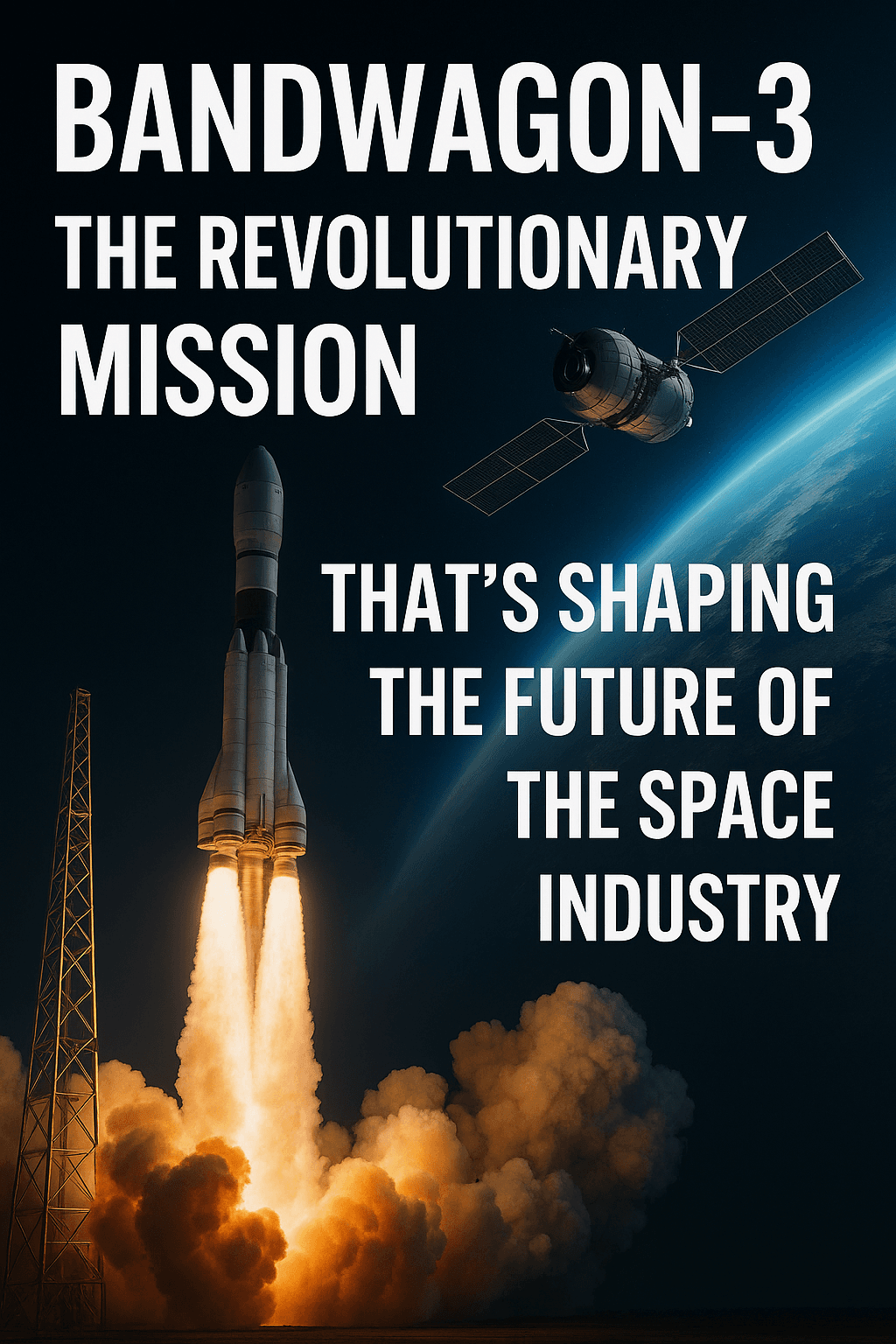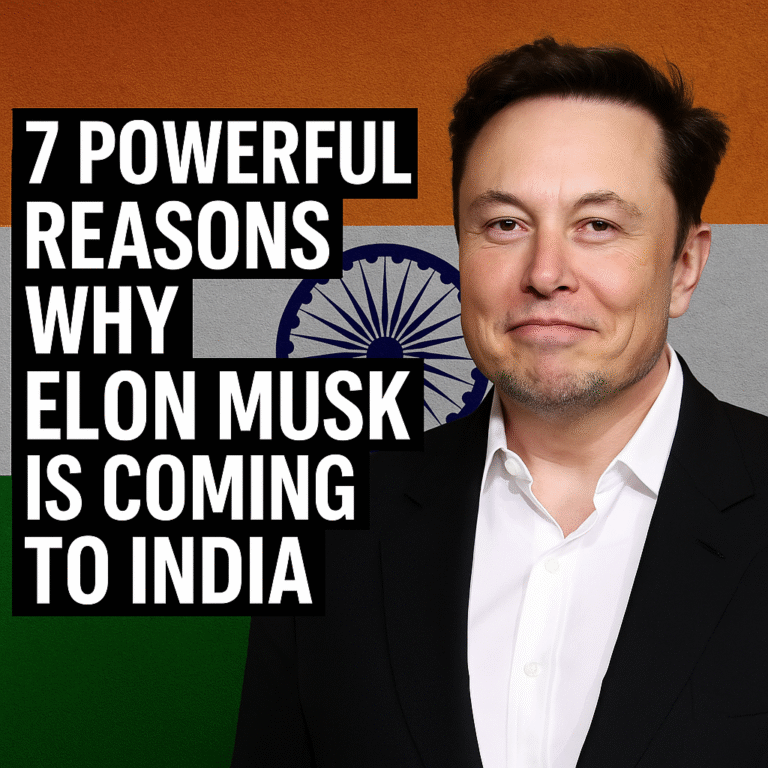Bandwagon-3: The Revolutionary Mission That’s Shaping the Future of the Space Industry

1. Introduction to the Bandwagon-3 Mission
SpaceX has once again taken the global space community by storm with its latest innovation — Bandwagon-3. This revolutionary mission is more than just another satellite launch; it’s a bold step toward reshaping how we think about space access. By offering a rideshare opportunity for multiple small satellite providers, this mission is carving a new path for commercial and governmental space operations.
2. Who is Behind Bandwagon-3? (SpaceX’s Role)
The mastermind behind Bandwagon-3 is none other than SpaceX, the private aerospace company founded by Elon Musk. Known for its reusable rockets and rapid innovation, SpaceX has long been a leader in making space more accessible. With Bandwagon-3, the company extends its influence by streamlining the satellite deployment process through cost-sharing and efficient payload management.
3. What is a Rideshare Mission?
In simple terms, a rideshare mission allows multiple customers to share a single rocket launch. Think of it like a carpool for space—companies can send their small satellites into orbit without booking an entire rocket. Bandwagon-3 exemplifies this model, enabling numerous organizations to reach orbit together, significantly reducing cost and waste.

4. Key Objectives of Bandwagon-3
This mission aims to:
- Provide affordable access to space
- Support small satellite developers
- Promote international collaboration in satellite launches
- Increase utilization of Low Earth Orbit (LEO) Bandwagon-3 serves as a pivotal mission for commercial innovation and global cooperation.
5. Launch Date and Timing (IST and UTC)
Bandwagon-3 is scheduled for launch on April 22, 2025, at 12:48 AM UTC, which is 6:18 AM IST for Indian viewers. This early morning liftoff promises to be a spectacle, marking a critical point in the evolution of space accessibility for smaller players in the market.
6. Falcon 9 Block 5: The Workhorse Rocket
The vehicle chosen for this mission is Falcon 9 Block 5, SpaceX’s most reliable and frequently used rocket. Known for its reusability and cost efficiency, Falcon 9 has been the backbone of many major missions. Its ability to carry multiple payloads makes it the perfect choice for rideshare programs like Bandwagon-3.
7. Launch Site: Cape Canaveral’s Strategic Location
The launch will take place at Cape Canaveral Space Force Station, Florida, specifically from Space Launch Complex 40 (SLC-40). This iconic site offers ideal conditions for orbital launches and is well-equipped to handle complex missions like this one. The location also symbolizes the synergy between historical space endeavors and modern commercial spaceflight.
8. Countries and Companies Involved in Bandwagon-3
Bandwagon-3 is not a solo journey—it’s an international collaboration. Multiple nations and private space companies are on board, including startups, research organizations, and governmental space agencies. This inclusiveness represents a significant step in democratizing access to space, no longer reserved for elite space powers.
9. Types of Satellites Onboard the Mission
The payloads on Bandwagon-3 include:
- Earth observation satellites
- Communication micro-satellites
- Research and experimental technology demos These satellites vary in size from CubeSats to small microsats, showcasing the diverse utility of rideshare missions for modern technological needs.
10. Importance of Low Earth Orbit (LEO)
Low Earth Orbit, where most Bandwagon-3 satellites are headed, is crucial for many reasons:
- Faster data transmission
- Lower latency for communication
- Cost-effective satellite maintenance and deployment LEO has become the hotspot for modern satellite deployment, especially in the telecommunications and Earth-monitoring industries.
11. How Bandwagon-3 Benefits Small Satellite Operators
Traditionally, launching a satellite was reserved for those with deep pockets. Bandwagon-3 changes that. By reducing the cost through shared launches, small companies and educational institutions can now send their technology to space. This is especially helpful for developing countries and startups with limited budgets.
12. Cost-Effectiveness of SpaceX’s Rideshare Program
One of the most groundbreaking aspects of this mission is its affordability. SpaceX’s rideshare program offers launch opportunities for as little as $1 million per 200 kg payload, a fraction of the cost of a dedicated mission. Bandwagon-3 continues this pricing model, making it financially viable for a wide range of clients.
13. Environmental Considerations of Multi-Payload Launches
Space missions have always faced scrutiny over their environmental impact. By combining multiple payloads into a single mission, Bandwagon-3 minimizes fuel usage and reduces the number of launches needed annually. This model supports more eco-friendly exploration, which is essential in today’s climate-conscious world.
14. What’s Next After Bandwagon-3? (Future Rideshare Missions)
Bandwagon-3 is part of a larger plan. SpaceX has several more rideshare missions in the pipeline, including Bandwagon-4 and 5, aimed at serving even more international clients. As the demand for satellite services grows, these missions will continue to provide reliable, cost-efficient, and sustainable access to orbit.
15. Conclusion: Impact on Global Space Industry
Bandwagon-3 marks a turning point. By allowing multiple companies to share the ride into orbit, it breaks down barriers of cost, geography, and scale. It accelerates innovation, supports sustainability, and widens participation in space. While it may just be one mission, its ripple effects across the industry are massive. As more players join the orbital race, the space sector will no longer be dominated by a few—it will become a truly global, inclusive, and competitive marketplace.
✅ Final Word
With Bandwagon-3, SpaceX hasn’t just launched satellites—it’s launched a movement. And while the mission name may only appear a handful of times in this article, its legacy is bound to echo for years to come.


